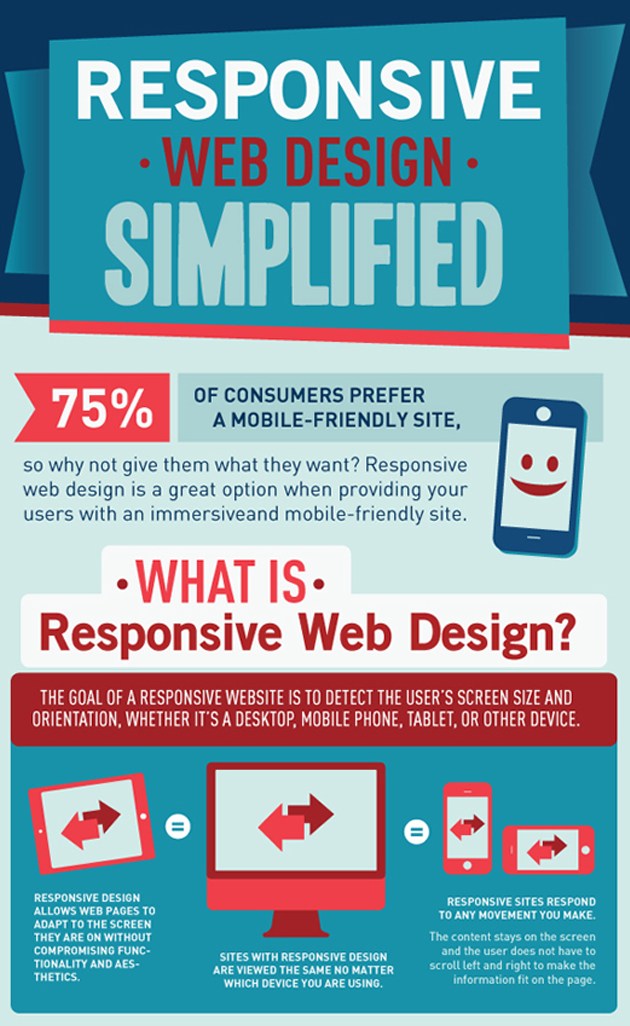The Growth Of Web Site Layout: From Earlier Times To Currently
The Growth Of Web Site Layout: From Earlier Times To Currently
Blog Article
Published By-Pappas Stender
In the past, internet sites were straightforward and focused on details. Navigation was direct, and design was for desktop computers. Currently, individual experience is crucial. Data guides layouts for easy navigation. Receptive formats suit different gadgets. Today, dark setting lowers strain, and minimal menus improve navigation. Interactive attributes engage users, and bold visuals attract attention. AI assimilation increases interaction. See how design has evolved to improve your on-line journey.
Very Early Days of Web Design
In the early days of web design, simplicity preponderated. Sites were basic, with restricted shades, fonts, and formats. The focus was on offering information instead of fancy visuals. Individuals accessed the web via slow-moving dial-up links, so speed and capability were essential.
Navigating food selections were straightforward, generally situated on top or side of the page. Websites were developed for computer, as mobile browsing had not been yet common. Material was king, and designers focused on very easy readability over intricate design elements.
HTML was the primary coding language utilized, and designers had to function within its constraints. Computer animations and interactive functions were marginal compared to today's criteria. Sites were static, with little dynamic web content or personalized customer experiences.
Increase of User-Focused Design
With the evolution of website style, a shift towards user-focused style concepts has become significantly famous. Today, developing sites that prioritize user experience is essential for engaging site visitors and accomplishing organization goals. User-focused layout includes comprehending the needs, choices, and behaviors of your target audience to tailor the internet site's layout, material, and features accordingly.
Developers currently perform detailed study, such as user studies and usability screening, to collect insights and comments straight from users. This data-driven technique aids in developing instinctive navigating, clear calls-to-action, and aesthetically attractive user interfaces that resonate with visitors. By https://andersonkfatp.myparisblog.com/26907854/improving-site-loading-speed-for-improved-customer-experience-5-strategies at the center of the style procedure, internet sites can deliver a more personalized and satisfying experience.
Responsive style has additionally emerged as a crucial aspect of user-focused design, making sure that web sites are enhanced for numerous devices and screen dimensions. This versatility enhances access and functionality, satisfying the varied methods users interact with internet sites today. Fundamentally, the rise of user-focused layout represents a change towards developing digital experiences that prioritize the demands and assumptions of the end individual.
Modern Trends in Website Design
Check out the most up to date trends forming web design today. One famous trend is dark mode layout, using a smooth and contemporary look while lowering eye strain in low-light atmospheres. Another vital pattern is minimal navigation, simplifying menus and improving individual experience by concentrating on essential elements. Incorporating micro-interactions, such as computer animated buttons or scrolling results, can develop a more engaging and interactive website. Receptive layout stays critical, ensuring seamless individual experiences across numerous gadgets. Additionally, using vibrant typography and unbalanced formats can include visual rate of interest and accentuate details material.
Integrating AI technology, like chatbots for consumer assistance or personalized referrals, enhances customer interaction and streamlines processes. Ease of access has likewise come to be a significant fad, with developers prioritizing comprehensive layout methods to deal with varied user requirements. Accepting sustainability by enhancing web site performance for rate and performance is an additional arising pattern in website design. Working together with individual comments and data analytics to iterate and boost layout continuously is crucial for staying appropriate in the ever-evolving electronic landscape. By accepting these contemporary trends, you can develop an aesthetically appealing, straightforward site that resonates with your target market.
Conclusion
As you assess the development of internet site style from the early days to now, you can see how user-focused style has come to be the driving pressure behind modern-day patterns.
Embrace search engine optimization internet marketing of modification and adaptation in website design, constantly maintaining the user experience at the center.
Keep present with the most recent trends and technologies, and never ever stop developing your method to develop aesthetically spectacular and user-friendly internet sites.
Develop, adapt, and create - the future of web design remains in your hands.
